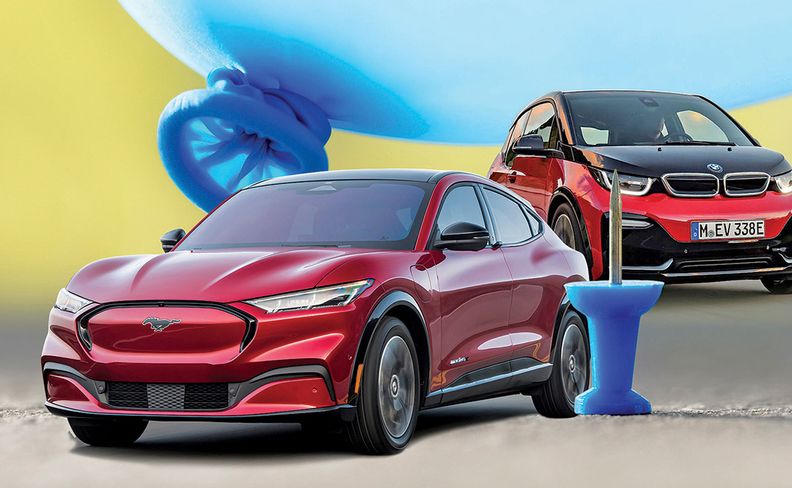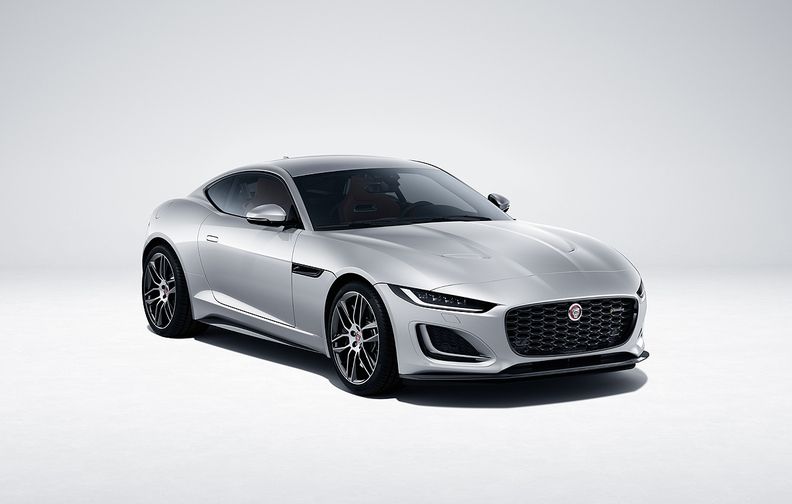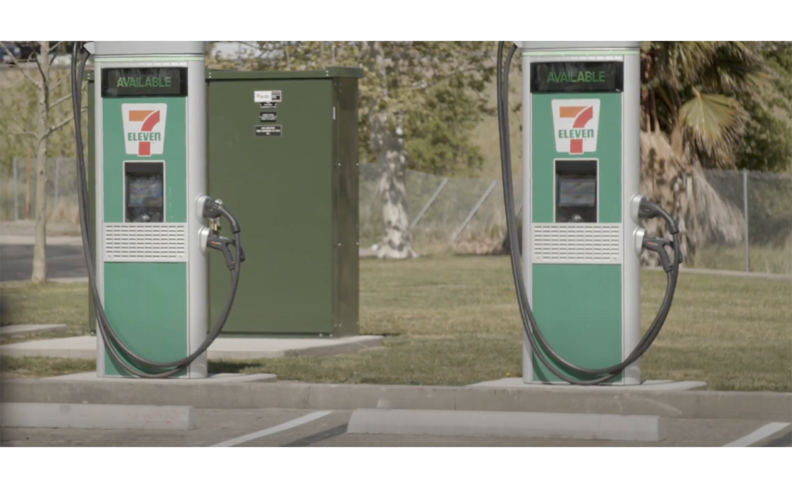<!–*/ */ /*–>*/
| As dealers thrive, dangers lurk |

No, these aren’t quite the best of times and the worst of times.
But as we note in Monday’s issue, it is a great time to be an auto dealer — and also an unsettling one.
The great part is easy to explain: Sales are on the rebound and dealer profits are high.
Yet the alarms are sounding for more reasons than the inventory shortages caused by the microchip crisis.
As one of our Page 1 stories will explain, once the current supply-and-demand frenzy straightens out, the underlying tensions in the dealer community that were simmering pre-pandemic will return with greater force. Namely, the shift to electric vehicles, digital sales, and direct-to-consumer transactions.
We’ll explore each of those issues over the next three weeks, beginning with a spotlight on the move to EVs. It’s playing out it in a number of ways at dealerships, including:
⬛ Dealer margins: Despite automakers assurances that margins will be projected, dealers have concerns. “All [automakers], because of the extraordinary expense of the BEV and battery technology, have to find savings somewhere,” says Volvo dealer Ernie Norcross. “They always seem to come to us to find the savings.”
⬛ Inventory pools: Chevrolet and Volvo are exploring central stocking models that will limit the number of EVs that dealers carry. While such a move has obvious benefits, it has stoked concerns that dealers will cede some of their ability to control inventory.
Peter Lanzavecchia, a GM and Hyundai/Genesis dealer in New Jersey, sums it all up like this:
“What we’re talking about here is the OEMs exerting more control over the retail process and the retail customer experience,” he said.
And though he admits dealers can be prone to think like conspiracy theorists, there are reasons they think that way.
“We all see these startup EV companies coming to market without a franchised dealer network. We sometimes get the feeling from some of the legacy OEMs that they wish they could bring their EVs to market as a subbrand through a different distribution channel.”
 |

“Vehicles are turning quickly, almost four weeks faster than what we saw during this period in 2019. It is a seller’s market, and consumers who find a vehicle they like will need to move quickly or risk losing out.” |
– TRUECAR ANALYST NICK WOOLARD ON MAY U.S. SALES |
|
From “Market comeback continues, but record-low supplies darken outlook” |
 |
Coming Monday in Automotive News:

The crippling chip waiting game: Ford isn’t the only company grappling with the global chip shortage, but its dealers, customers and bottom line have been stung particularly hard. How bad is it? May was the worst month for its F-Series pickups in more than nine years, and Toyota Motor North America, American Honda and Hyundai-Kia all outsold the automaker. Ford only has a 30-day supply of inventory, down from 77 a year earlier. Automotive News looks at how Ford’s dealers and customers are coping with a very limited supply and a very long wait.

How much was uber-executive Carlos Ghosn worth to Nissan? The question of Ghosn’s worth is a central issue in the ongoing trial of former Nissan director Greg Kelly, who insists it was in Nissan’s best interest to pay Ghosn eye-watering sums even after he stepped down. Was he worth $80 million? $90 million? More than $100 million? Those are just some of the numbers thrown around by his top lieutenants as they tried to finagle his pay package, right up until the day before Ghosn’s arrest. The question for judges is whether the supersized compensation was necessary as a retention hook to keep Ghosn engaged in retirement, or if it was payback after he took a pay cut during his last decade at the helm.
 |

Jaguar F-Type goes V-8 only: The automaker’s days in the sports car business appear to be numbered — once again. The F-Type coupe and convertible will rumble to the checkered flag in 2025 with V-8 power only. For 2026, Jaguar is going all-electric with a new lineup built on a dedicated platform.

7-Eleven to install EV fast chargers: The convenience store chain plans to put at least 500 electric vehicle fast chargers at 250 stores across the U.S. and Canada by the end of 2022, up from 22 existing charging stations at 14 stores in four states.
<!–*/ */ /*–>*/
 |
|
|---|
 |
 |
A selection from Shift and Daily Drive:
 |
June 12, 1937: Date of birth of Joan Claybrook, an early proponent of airbags who led NHTSA in the late 1970s, and later Public Citizen, a nonprofit consumer advocacy group. She expanded oversight of the auto industry, notably instituting fuel efficiency targets and the first standardized government tests to evaluate and publicize the crashworthiness of cars. Claybrook, a former chief lobbyist for consumer advocate Ralph Nader — another frequent critic of the auto industry — served under President Jimmy Carter from 1977 to 1981 as NHTSA administrator. Her four years steering the relatively young agency, criticized as moribund under Presidents Richard Nixon and Gerald Ford, proved consequential for automakers for decades.



